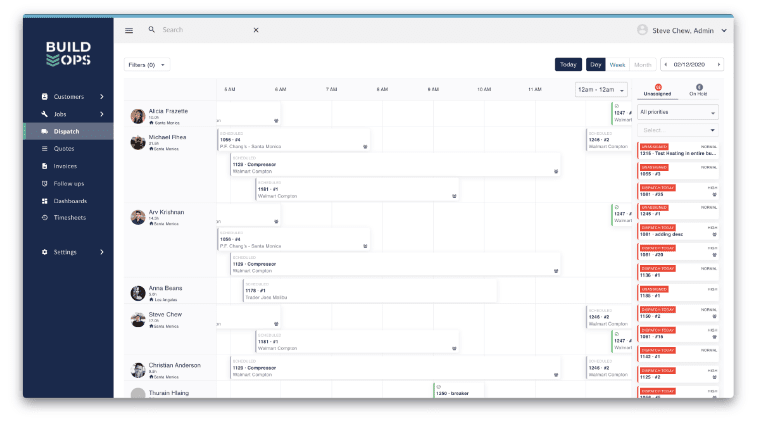India, the world’s largest democracy, has witnessed the leadership of several remarkable individuals who have served as its Prime Ministers. The journey from Jawaharlal Nehru, India’s first Prime Minister, to Narendra Modi, the incumbent, reflects the nation’s evolution, challenges, and aspirations.
This blog will present you with the list of pm of india and help you understand how they have shaped the nation’s trajectory.
Nehru: Pioneering Vision and Nation-Building
Jawaharlal Nehru, serving as Prime Minister from 1947 to 1964, played a pivotal role in laying the foundation of independent India. Nehru’s vision emphasised secularism, democracy, and socialistic principles.
He established strong institutions, implemented land reforms, and prioritised industrialisation and education. Nehru’s leadership during the formative years of India’s independence laid the groundwork for the country’s growth and development.
Shastri: Leadership in Times of Adversity
Lal Bahadur Shastri, India’s second Prime Minister from 1964 to 1966, steered the nation through a critical phase marked by the Indo-Pak war of 1965 and severe food shortages. Despite the challenges, Shastri’s leadership was characterised by humility and integrity.
He popularised the slogan “Jai Jawan, Jai Kisan” (Hail the Soldier, Hail the Farmer) to instil national unity and emphasise self-sufficiency in agriculture. Shastri’s short but impactful tenure showcased resilience and determination.
Indira Gandhi: The Iron Lady
Indira Gandhi, India’s first female Prime Minister, served in this position from 1966 to 1977 and again from 1980 to 1984. Known as the “Iron Lady,” she displayed strong leadership skills and a fierce determination to protect India’s interests. Gandhi implemented significant reforms, nationalised banks, and conducted the successful 1971 war leading to the creation of Bangladesh.
However, her later years were marred by controversial decisions, including the Emergency, which imposed a temporary suspension of civil liberties.
Rajiv Gandhi: The Moderniser
Rajiv Gandhi, India’s Prime Minister from 1984 to 1989, embraced technology and aimed to modernise India. He focused on computerisation, initiated economic liberalisation, and introduced panchayati raj, decentralising power to local self-governance bodies. Gandhi’s tenure was tragically cut short by his assassination in 1991, but his contributions laid the groundwork for subsequent economic reforms.
Vajpayee: Building Bridges and Economic Reforms
Atal Bihari Vajpayee, the Prime Minister from 1998 to 2004, was known for his oratory skills and his efforts to strengthen India’s international standing. Vajpayee emphasised infrastructure development and spearheaded economic reforms. He also pursued a peace initiative with Pakistan, leading to the historic Lahore Declaration. Vajpayee’s tenure marked a period of stability and progress for India.
Manmohan Singh: The Economist and Reformer
Manmohan Singh, serving as Prime Minister from 2004 to 2014, brought his expertise as an economist to the forefront. Singh implemented several economic reforms, including the liberalisation of foreign direct investment and the introduction of the Goods and Services Tax (GST). However, his government faced criticism for its handling of corruption cases and policy paralysis, which affected its popularity.
Modi: The Game-Changer
Narendra Modi, the incumbent Prime Minister since 2014, has left an indelible mark on Indian politics and governance. Modi’s leadership is characterised by his emphasis on economic development, social welfare programs, and assertive foreign policy. His government launched initiatives like Make in India, Digital India, and Swachh Bharat Abhiyan (Clean India Mission).
However, Modi’s tenure has also been marked by controversies and debates surrounding issues like religious tensions and freedom of expression.
Conclusion
The above list of pm of india indicates that each Indian Prime Minister has played instrumental roles in shaping the nation’s destiny. From Nehru’s pioneering vision to Modi’s game-changing approach, each leader has left an imprint on India’s socio-political landscape.
The journey from Nehru to Modi reflects the diverse challenges and aspirations faced by the nation and underscores the dynamic nature of India’s democracy. As India moves forward, it is essential to acknowledge and learn from the legacies of its past leaders to chart a prosperous and inclusive future.










